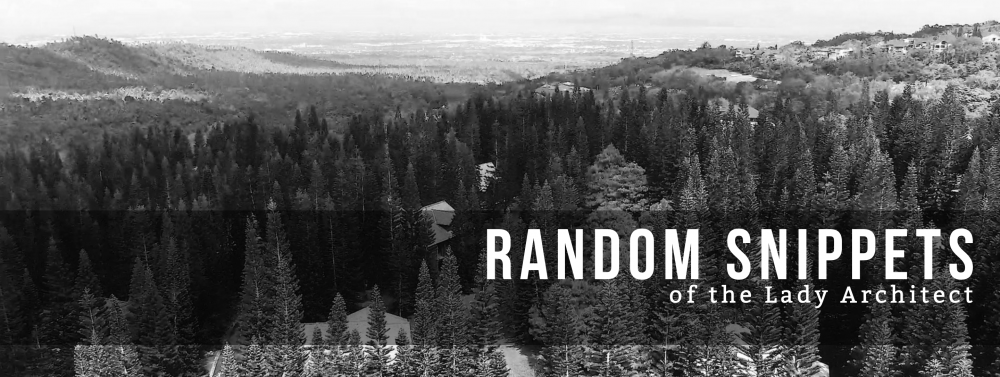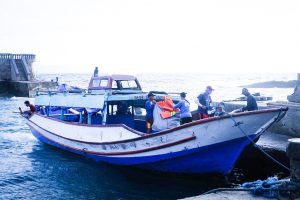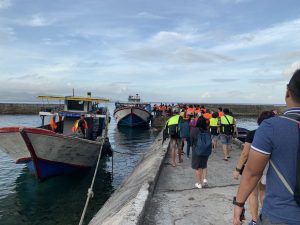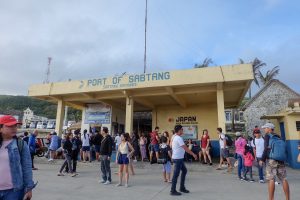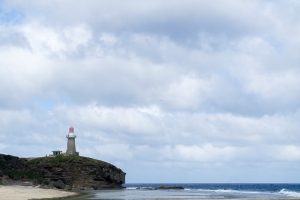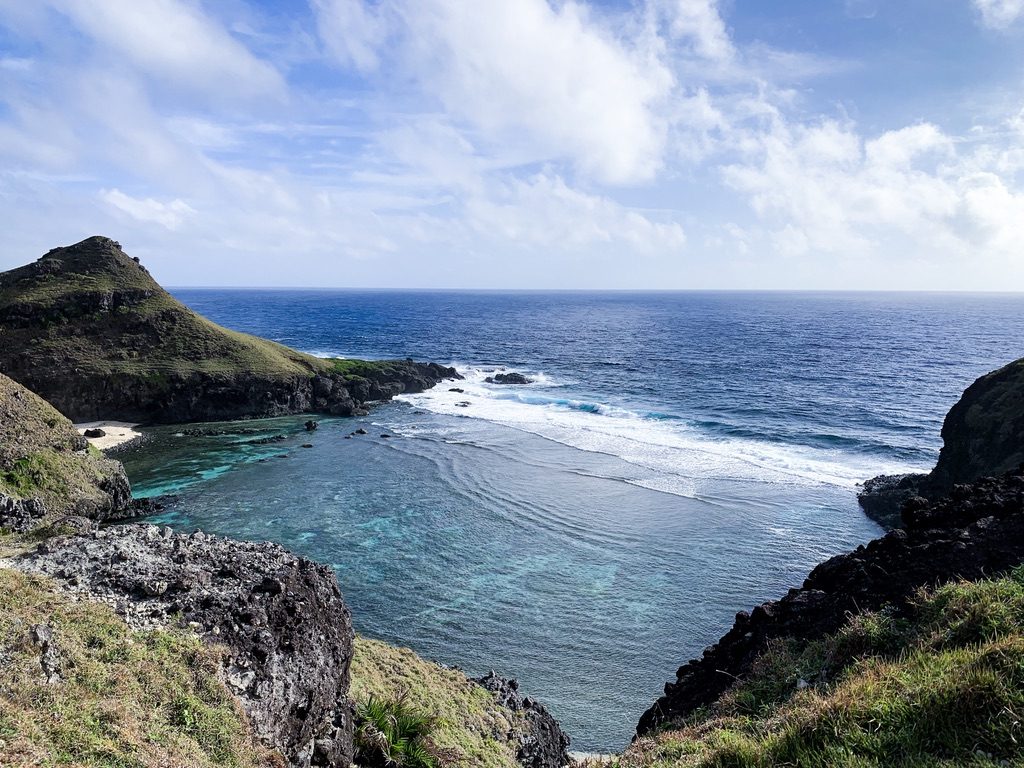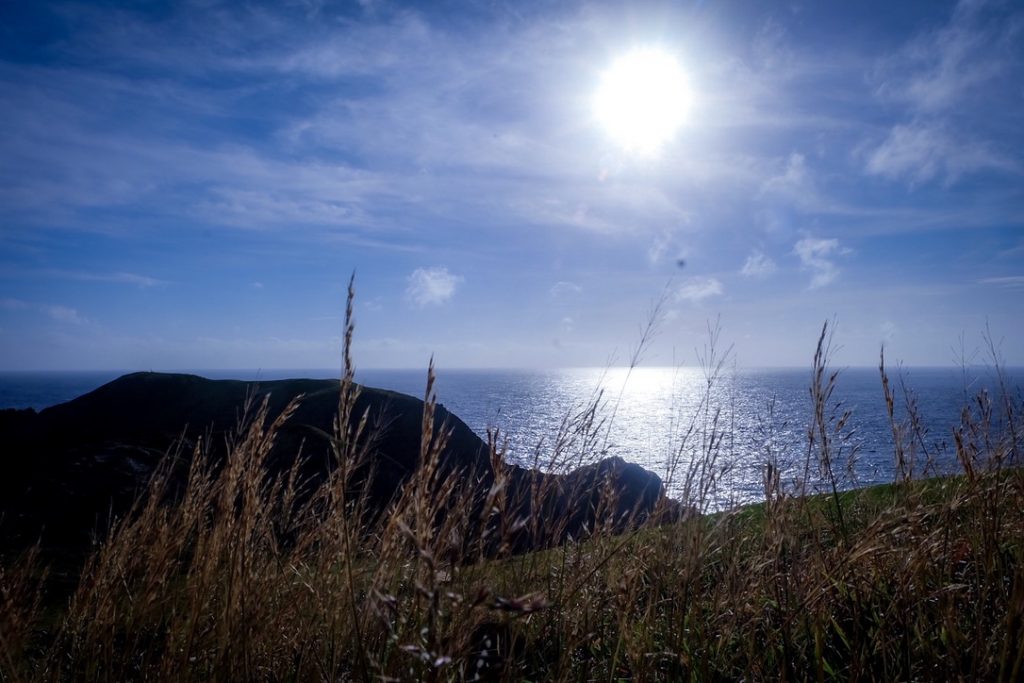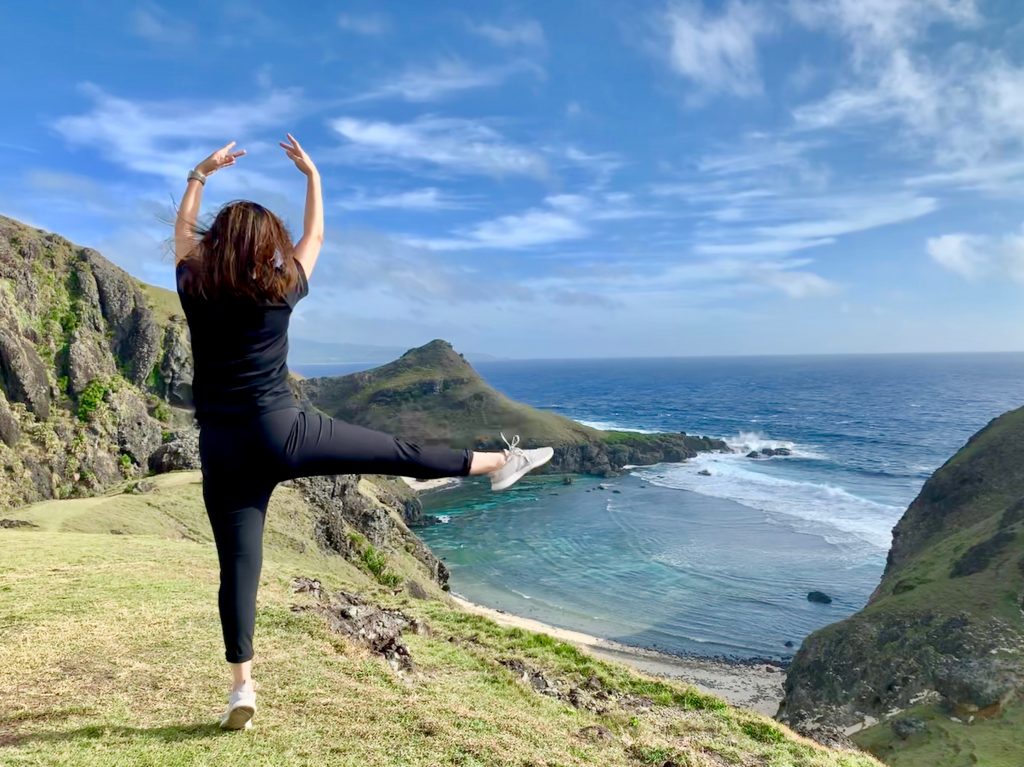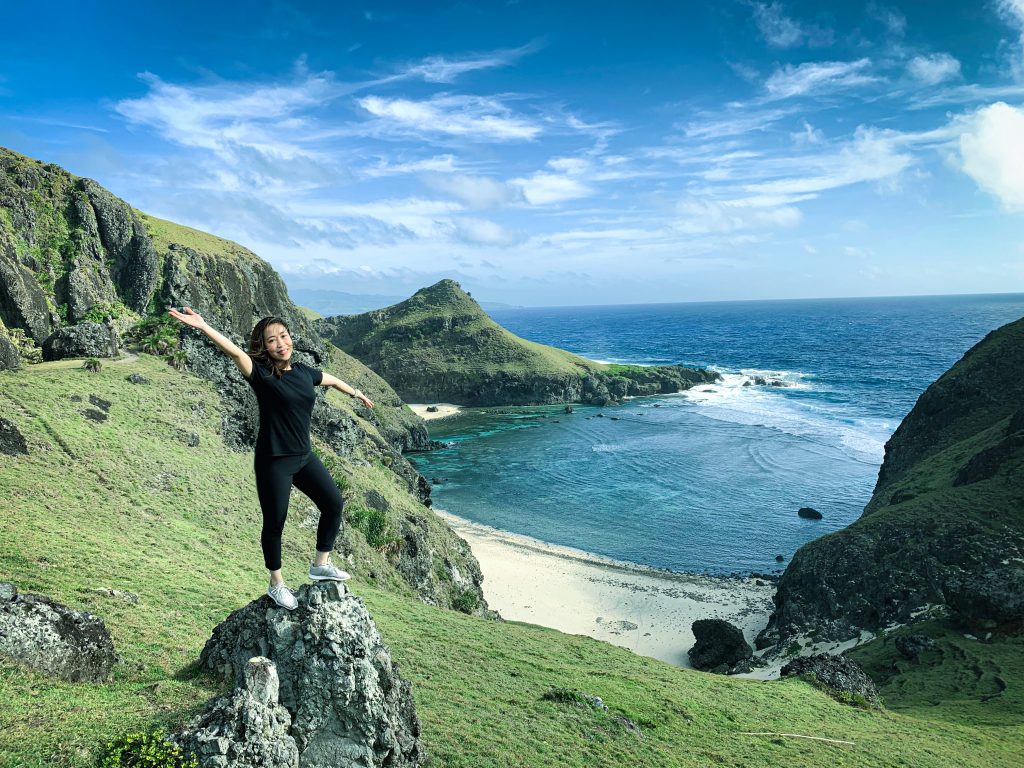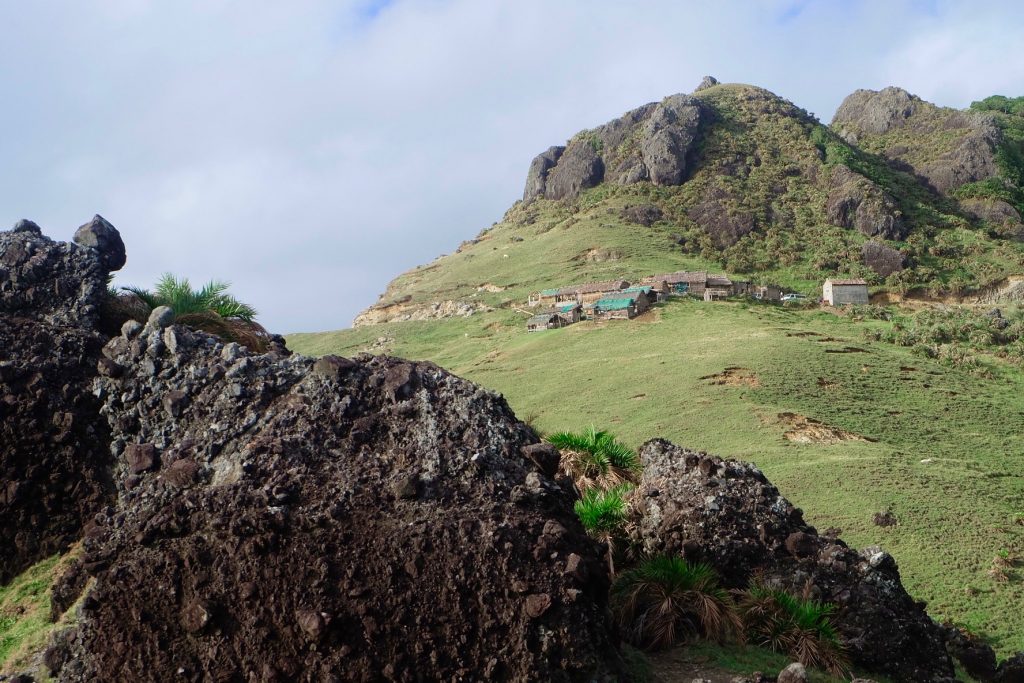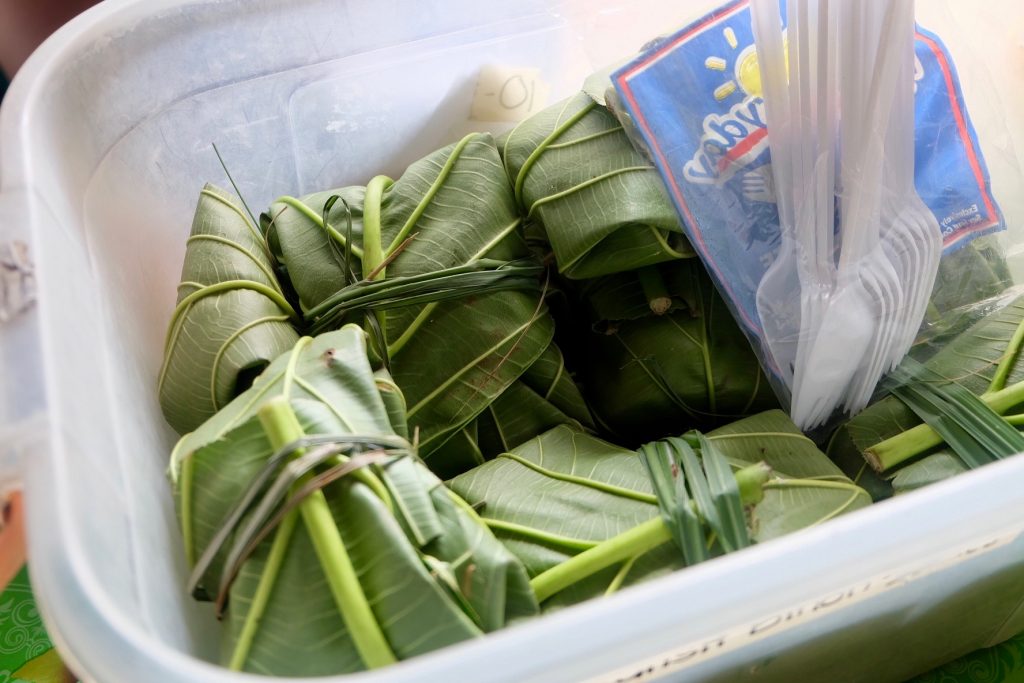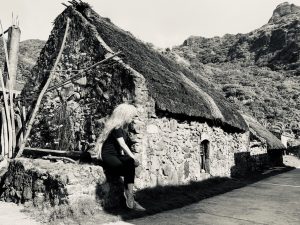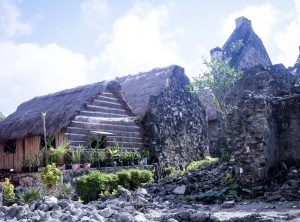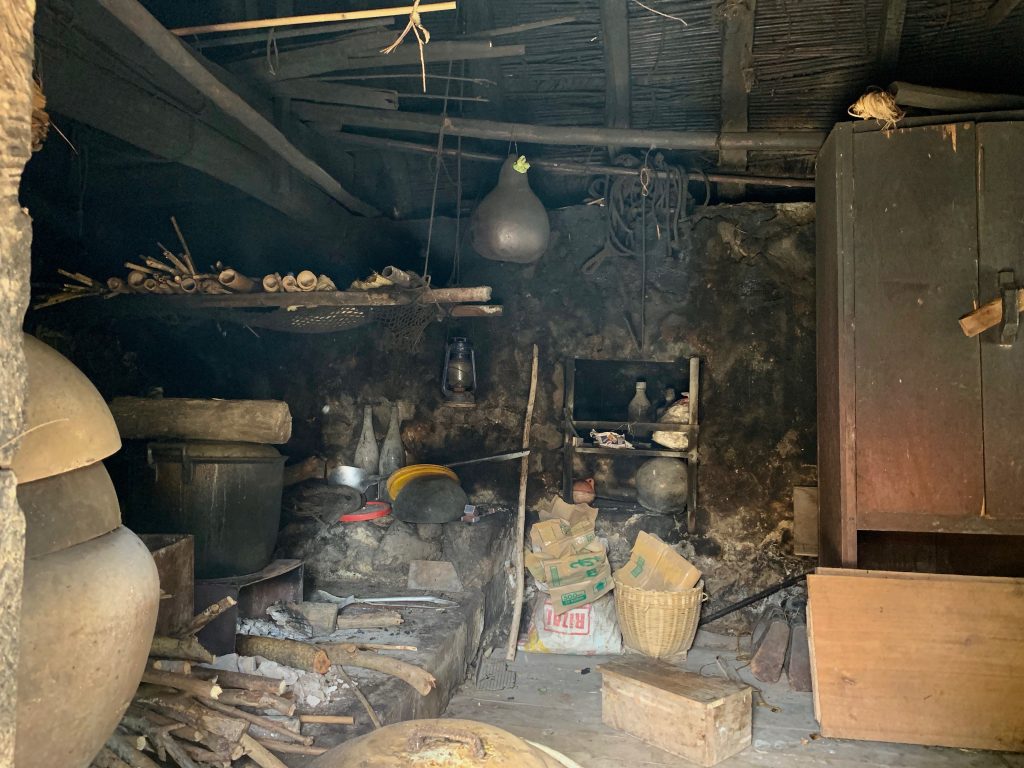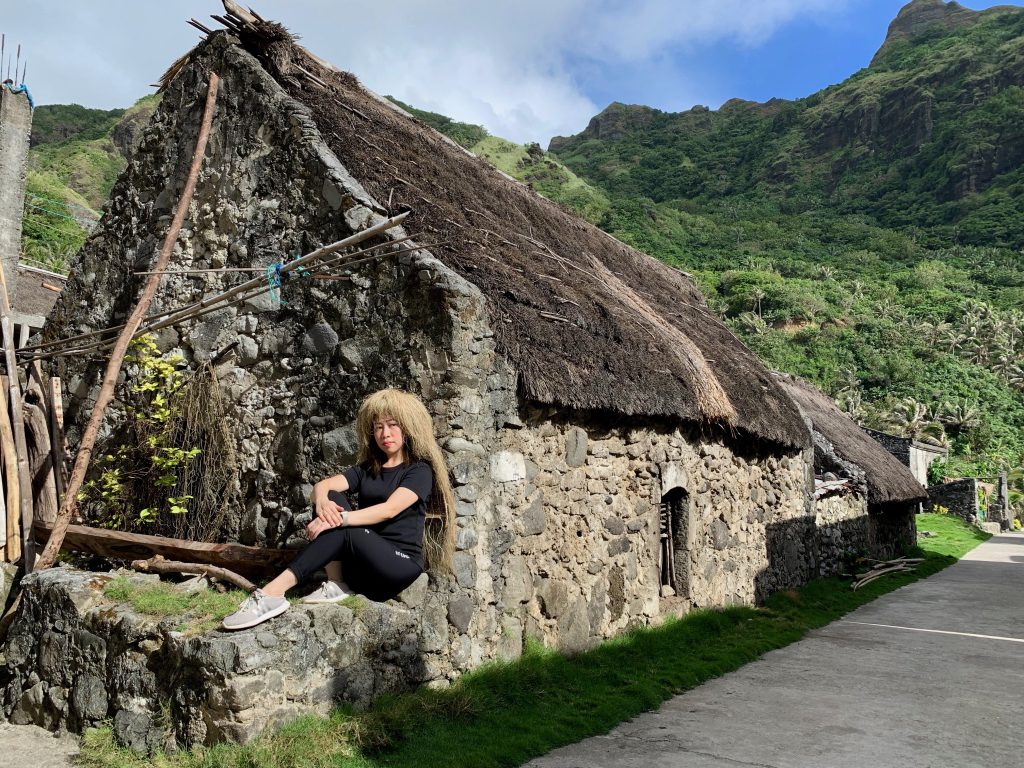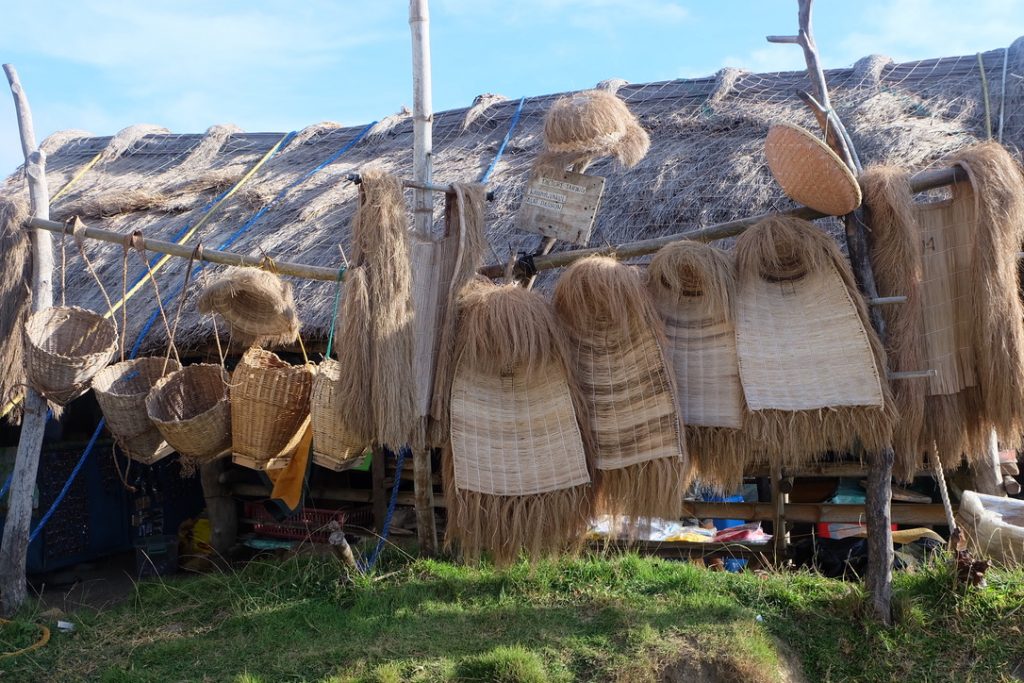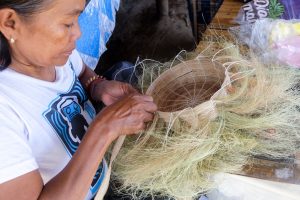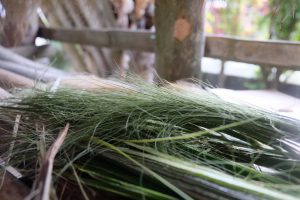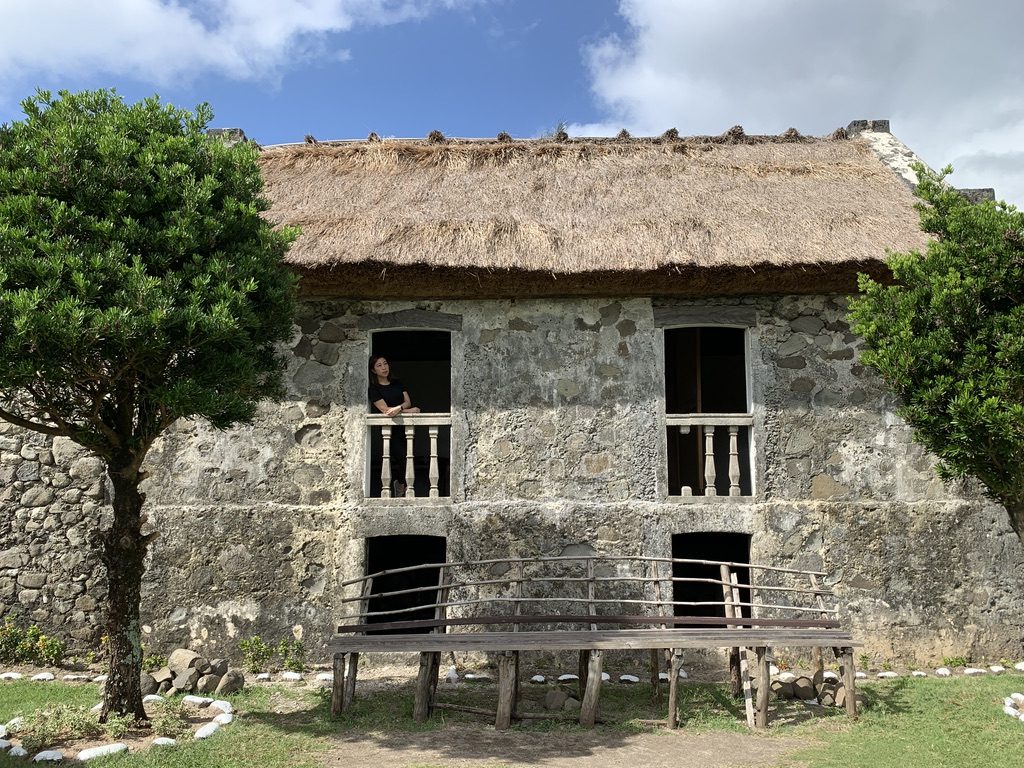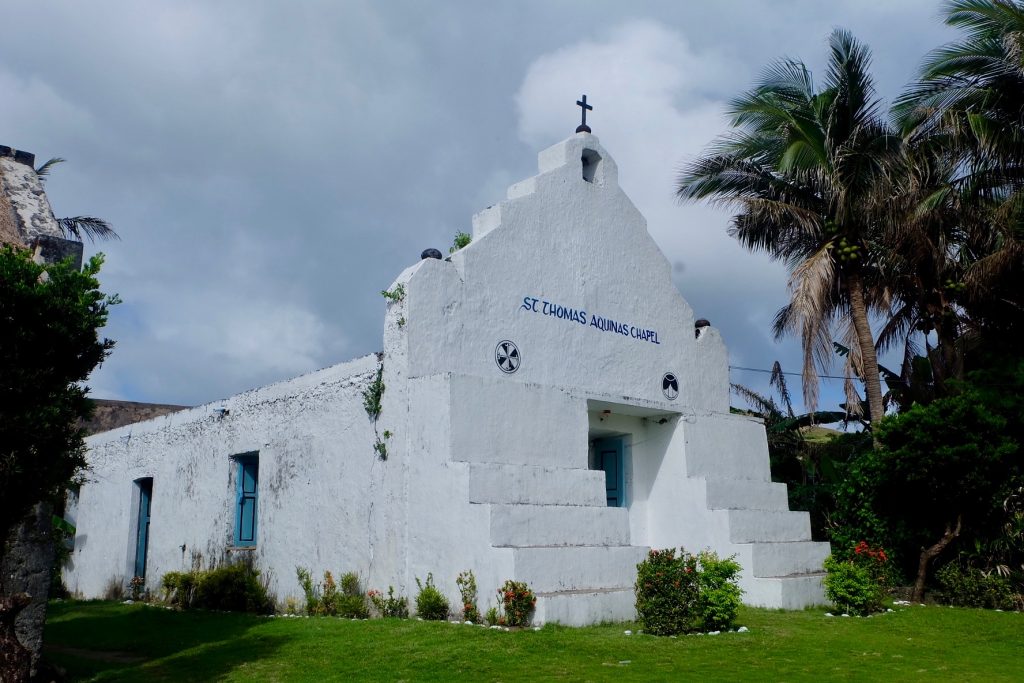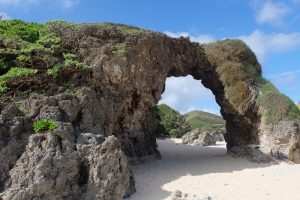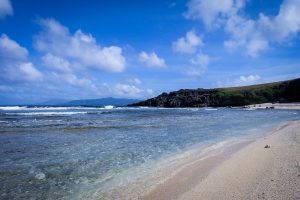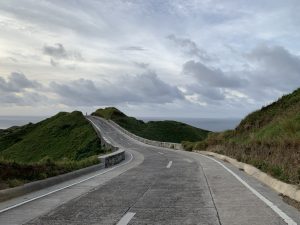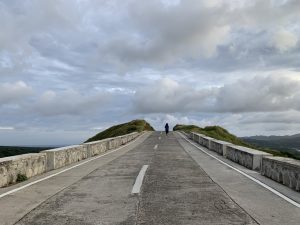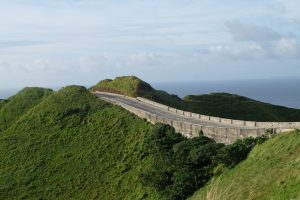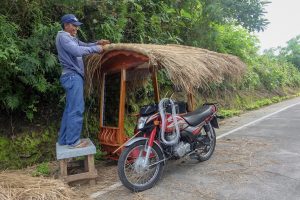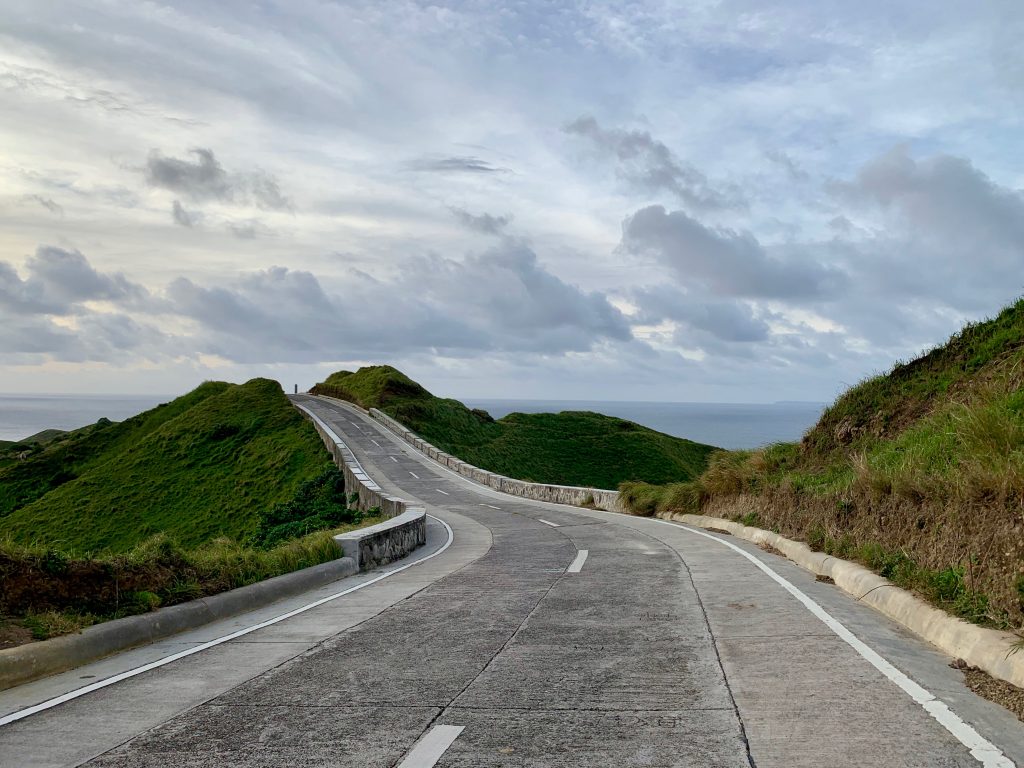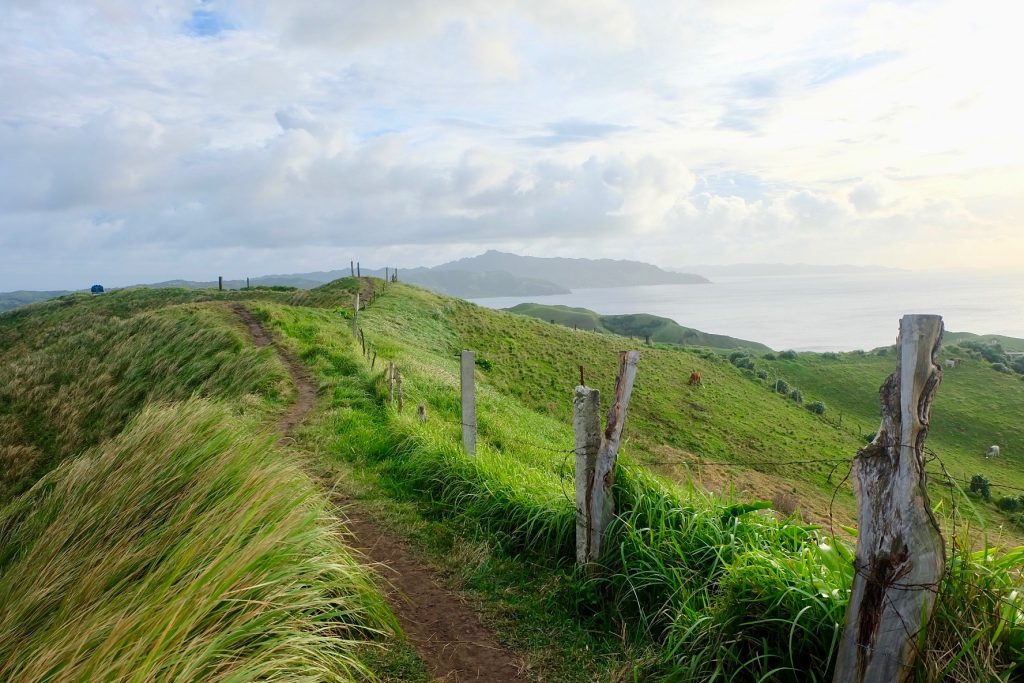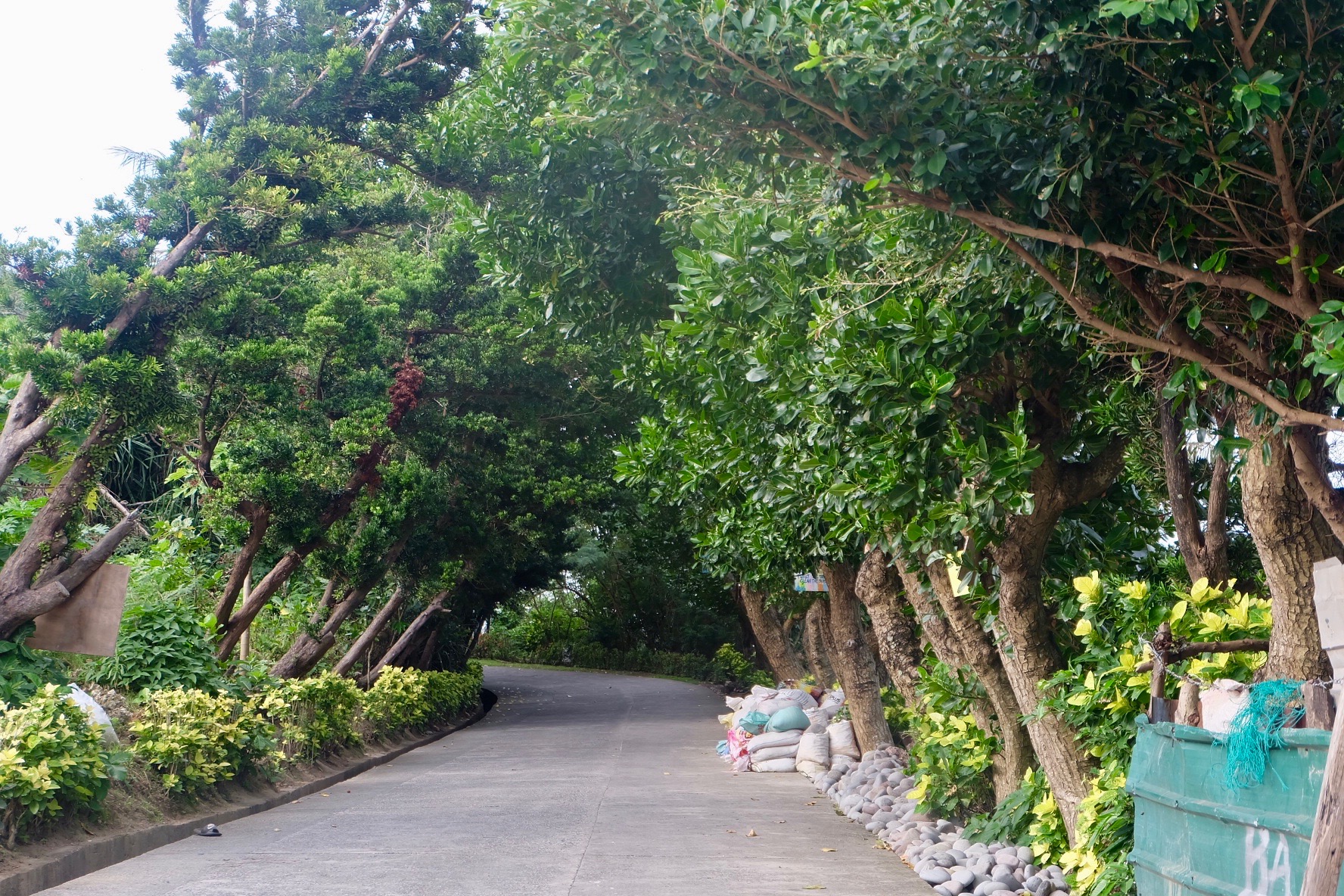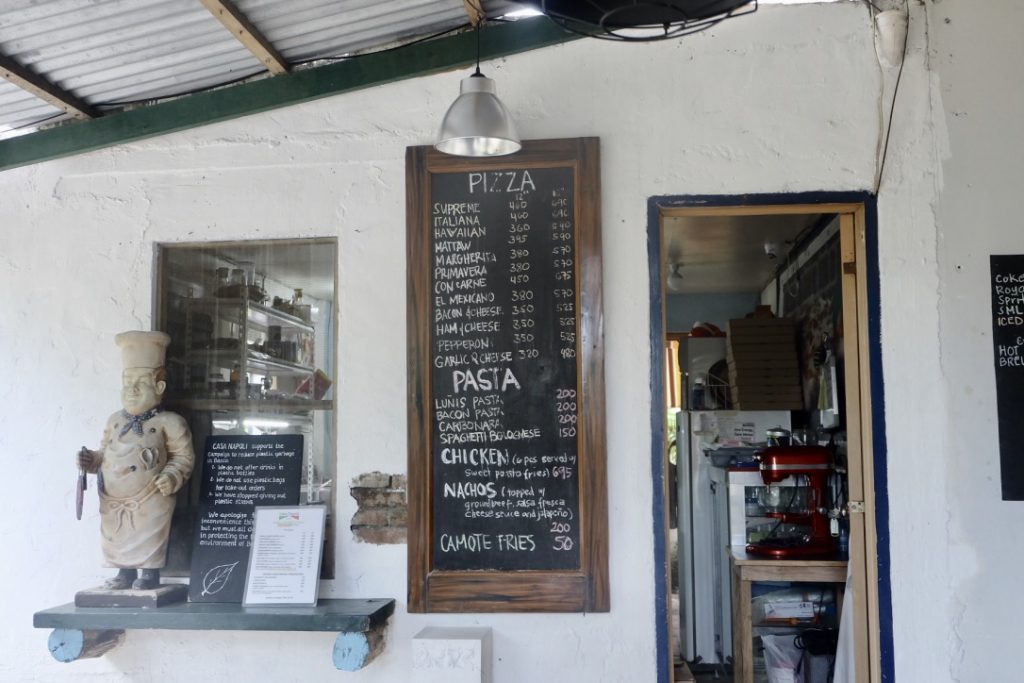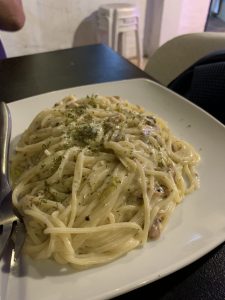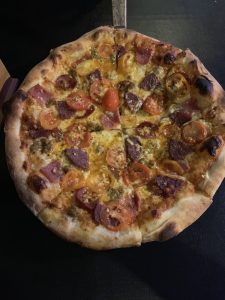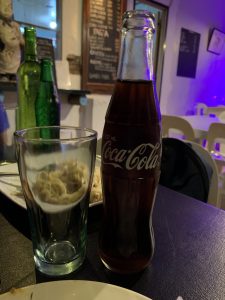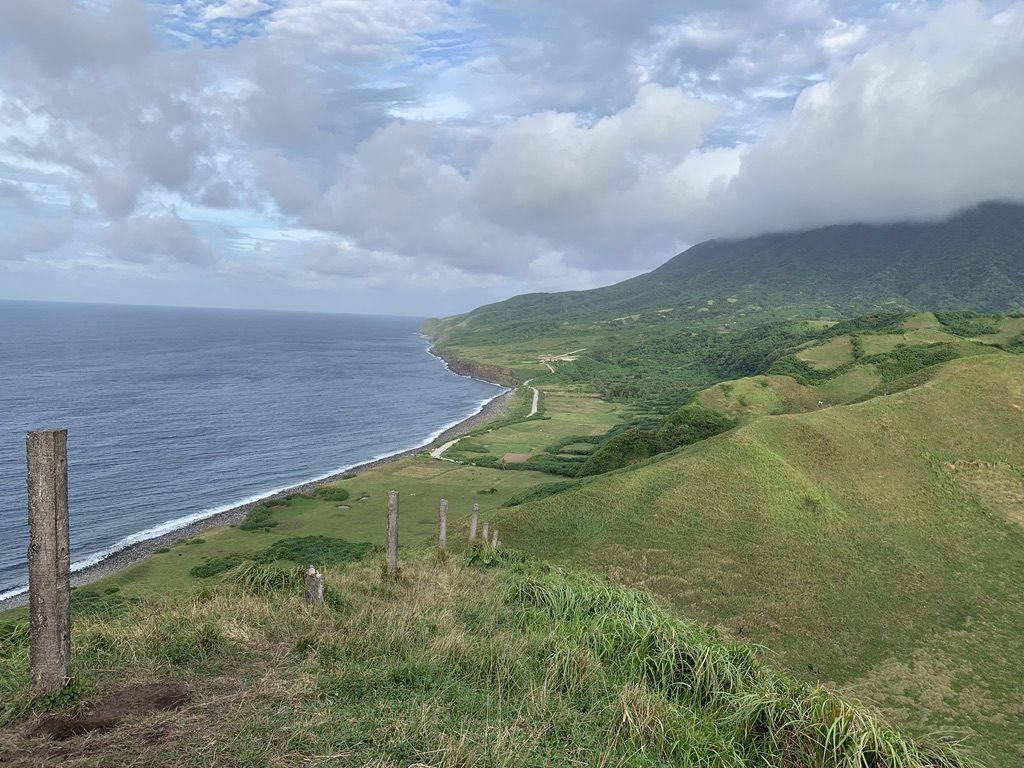Day 2- Sabtang Island
Today is Sabtang Island Day!
- The Faluwa
- Boarding the Faluwa
- Sabtang Port
- Sabtang Light House
I must say, this day is certainly beyond my expectations! We left the lodge around 6:00 am. A van came and fetched us together with other tourists from other hotels. It took about 30 minutes to get to the port of Ivana to get to Sabtang Island.But to actually get to the island, one must ride a Faluwa, an Ivatan local boat. Some travellers mentioned “Sabtang is a heavenly place but the ride to it was hell.” Thank God the ride to the Island was smooth enough to doze me off to sleep. When we landed on the dock, another van took us to our first destination.
Chamantad Cove and Tinyan View Point– What can I say? This is one of the best scenic view I’ve ever seen all throughout my existence. The sun was up and the wind was chilly enough to easily trek down the viewpoint. I could stare at this exquisite view all day!
The trek uphill was kind of a challenge going back to the meeting place. Upon reaching the top, I had one of those fresh buko to which I finished devouring in less than a minute! Some of the locals also offered me to try their local sugarcane wine and it was surprisingly good!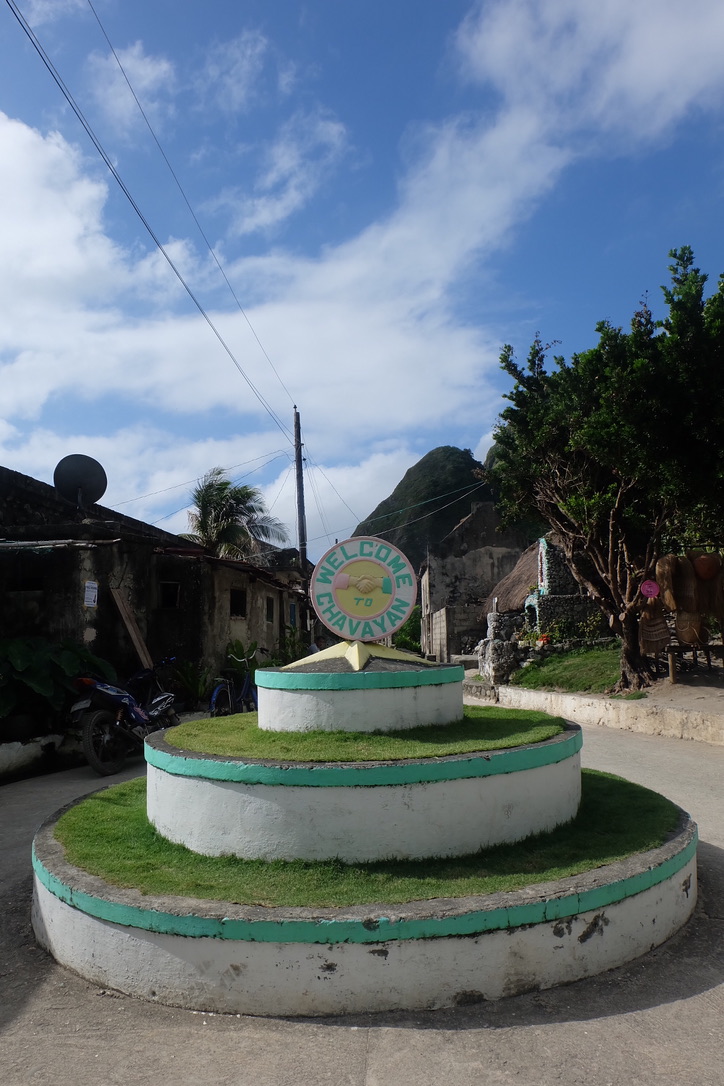
Chavayan Village- Allow me quote the words of the late Architect and Heritage Advocate, Augusto “Toti” Villalon from his book “Lugar: “Chavayan Village is where our world ceases and pure magic takes over. The stone houses are placed closely to each other to protect them from strong typhoons. The houses are divided in small alleys. The remoteness of the village added to the authenticity of the place. No signal, no or limited modern technology.”
According to research, these houses are about three to five generations old. They are made of limestones and cogon grass as roofs. Kuya Rommel, our tour guide in Sabtang explained how limestones are made and it sounded pretty tedious! It had to be cooked in a kiln for 9 days and once it achieves a paste- like consistency, it will be stored underground for 7 to 9 months before it could be used as a building material. However, the Batanes government banned the use and quarrying of limestones, hence, retards the restoration of some of the houses.
Going around town, I noticed that there were two types of roofs used in the houses, the gable roof and the the hip roof. The former is locally known as the “Sinadumparan” and the latter is called the “Maytuab”. The roofing takes about 25 to 30 years before replacing it with a new one.
To fully feel the spirit of the place, we use their traditional head gear as protection from the intense heat and/or rain. This is made out of “Vuyavuy”, a palm tree endemic in Batanes. Had it brushed out and sun dried, woven out with strings to make out a “Vakul”.
- The making of a vakul
- “Vuyavuy”
Savidug Stone Houses- After roaming around the village, we headed to another cluster of stone houses, the Savidug Stone Houses. We just dropped by for some really quick photo ops before heading out for lunch at the Morong Beach to which the Mayahaw Arc can be seen.
We were just in time for the departure of the faluwa at 12:30 pm heading back to Basco. The waves going back were not as calm as when we sailed in the morning. Nevertheless, it wasn’t that scary as I’ve read nor seen in the net. We arrived at the lodge around 1:30 pm. Emar and I decided to take a quick rest and at 2:30 pm we hike up the Vayang Rolling Hills. Well yeah, good luck to me.
We ascended at 2:30 pm and we reached the top of the hill by 4:00. We took sometime enjoying our peace and quiet just by looking at the magnificent scenery. We began to descend at 4:30 pm just in time for dinner at Casa Napoli. Oh. My. God. The pizza was to die for as well as the Luñis Pasta- the best!
It’s was already 8:30 pm and t’was time to call it a night and I could no longer contain my sleepiness. Time to call it a day and I can’t wait for Day 3!
